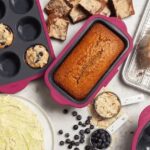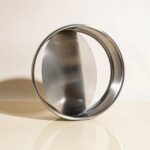There is nothing like a slice of a tasty homemade cake. Whether you are celebrating a birthday, life’s milestones, or having a sweet end to a long, hard day, a piece of cake just makes everything better. But if you have tried baking one yourself and failed, even though you followed the recipe to the letter, then maybe you had the wrong pan for the task.
Experienced bakers and pastry masters will tell you that not all cake pans are the same, and the type of pan you use is just as important as the ingredients and the perfect recipe. From the size to the shape and material, the baking tin you choose will determine the success of your baking endeavour. For those of you who want to learn more about this side of the culinary experience, we’ll shed some light on the variety of pans and the materials they are made of, so next time you put on an apron and decide to make something delicious it turns out great.
Materials Used in Cake Pans
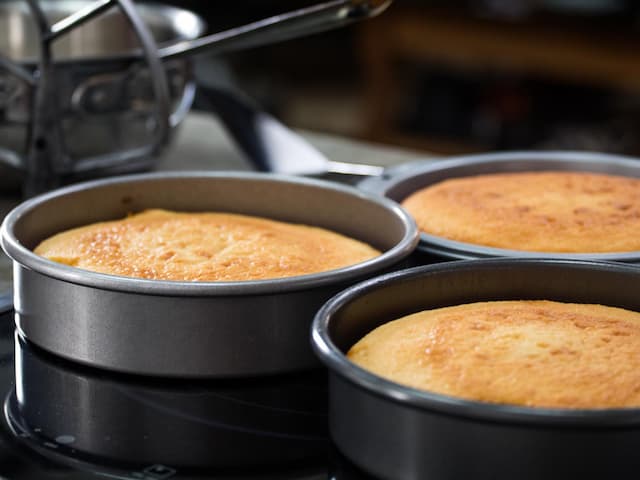
When looking to buy cake pans, the type you will choose should depend on the cakes you bake most often and your preferences. The material’s properties such as heat conductivity, reactivity, and nonstick surface can play an important part in the outcome.
Anodized Aluminum
Generally, aluminium pans heat up quickly and evenly, promoting uniform baking. However, the shiny surface may prevent the desired browning of the cake. That’s why you might do better with anodized aluminium, which is aluminium that has been through a process resulting in a hard outer layer. This is a nonreactive material, which means it doesn’t react with acidic ingredients affecting the taste. Instead of absorbing heat, this material reflects it and reaches the baking temperature more quickly. You can find silver and hard anodized bakeware with scratch-resistant and nonstick surface that doesn’t peel or rust. Since it can conduct heat rather quickly, the baking time might need to be reduced.
Stainless Steel
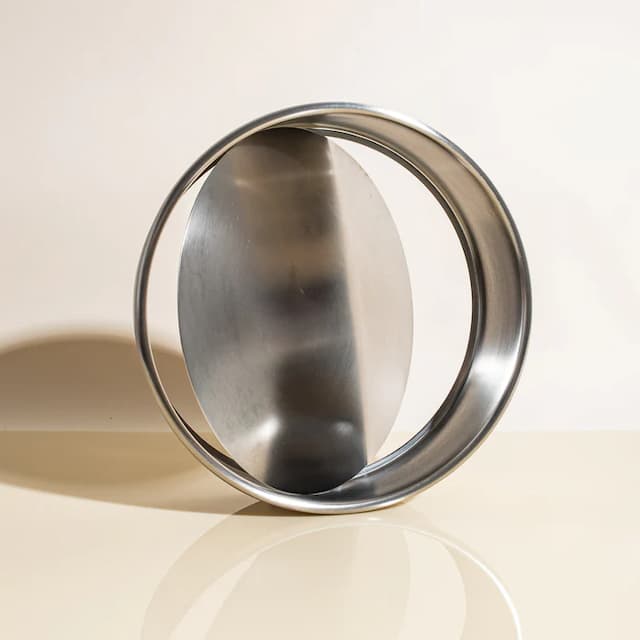
The durable and safe stainless steel pans are resistant to corrosion and don’t react to acidic ingredients. They have a wide use in cookware and are dishwasher safe but when it comes to baking they are usually limited to sheet pans and pie pans due to the poor heat conductivity. They also might require greasing or lining to prevent sticking.
Nonstick Coated
Nonstick pans have a coating that allows easy cake release and quick clean-up. However, they should be used with care to avoid scratching the coating, which could potentially release harmful substances into the baked goods. Using sharp knives to cut the cake in this pan can damage the coating, so it’s not advisable.
Silicone
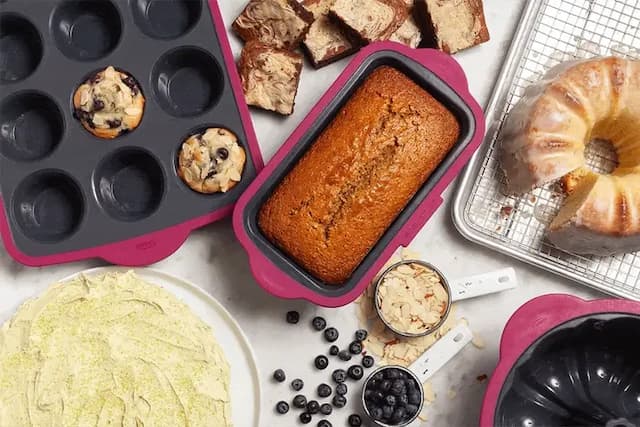
Pans made of silicone are extremely flexible and allow for easy removal of the baked cake. They are lightweight, space-efficient, and heat-resistant. However, they may require extra support (like placing them on a baking sheet) as they can be flimsy when filled with batter. They have acquired a lot of popularity because of their natural non-stickiness, and easy maintenance. The downside is that they are not the best heat conductor and need more time to heat up, affecting the appearance of the cake, so it’s best to use them for lighter baking, like muffins or fluffy cakes.
Ceramic
Apart from the elegant presentation, ceramic pans also offer even heat distribution. They retain heat well, keeping cakes warm for longer after being removed from the oven. They might be more delicate and require proper handling to avoid chipping or cracking, but they are very attractive and functional.
What Are the Types of Cake Pans?
Round, Square, and Rectangular Cake Pans
These are the standard must-have cake pans for baking. Round pans are the most common type, often used for traditional layer cakes. They come in various diameters, typically 6 to 12 inches, and can be used for various cake recipes. Square and rectangular pans are ideal for creating sheet cakes, brownies, and bar desserts. They offer uniform slices and are often used for occasions that require larger servings.
Bundt and Tube Pans
Bundt pans have a distinctive ring shape with intricate designs. They are used to create visually stunning cakes with a hollow centre, perfect for glazes and fillings. Make sure you apply a non-stick cooking spray to cover the inside so you can easily remove the cake later. Tube or angel-cake pans are specifically designed for making light and airy angel food cakes. They have a tall, straight-sided tube in the centre that promotes even baking and prevent the cake from collapsing as it cools. This is the pan you need when you use egg-white-based cake with only a little flour.
Springform and Sheet Pans
Springform pans have a removable bottom and a latch that can be opened, making it easier to release delicate cakes like cheesecakes, without damaging their structure. Sheet pans or baking sheets are usually rectangular and very shallow. They are perfect for cookies or baking rolls and are available in different sizes and edge styles.
Choosing the Right Pan
Before you decide on which pan to use, consider the recipe’s requirements, the desired cake texture and the visual presentation. Remember, the size is very important as is the material. If the recipe asks for an eight-inch round pan, then you can not change it to a bigger or smaller size without any implications. A thinner layer of batter will not rise and bake as well, and it will lead to cracks and bubbles, while the increase in volume with a smaller-than-required pan will affect the baking time and may result in a burnt crust. Also, note that darker metal pans absorb heat more quickly than lighter, shinier surfaces, so adjust the baking time accordingly.
There’s a diverse array of cake tins, each contributing to the baking process and the final result. Understanding the options allows you to experiment with recipes, create beautiful cakes, and elevate your baking game to new heights. Whether you are crafting a classic layer birthday cake, an intricately designed Bundt cake, or your favourite chocolate-chip cookies, the right cake pan can make a significant difference in your baking endeavours.

